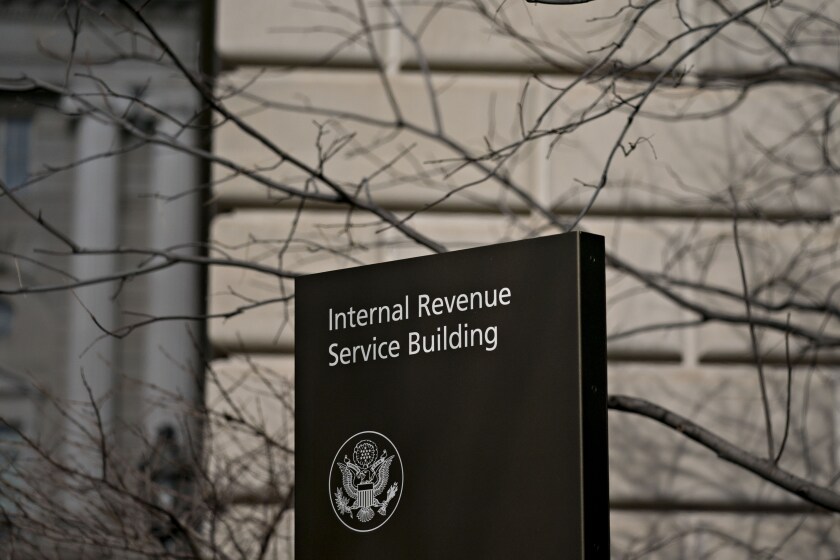One of the selling points behind multi-account payment cards is the ability to shift spending on the fly or shortly after shopping, such as to fund a recent purchase with loyalty points. During the pandemic, this feature may become a key financial management tool.
Curve is expanding the window for users of its all-in-one card to "go back" and change accounts, a feature that's seeing new use cases as coronavirus keeps more people at home and out of work.
"COVID-19 and the ensuing lockdown has changed our customers' lives and behavior overnight," said Aimee Ruddy, senior product manager at Curve. “A lot of purchases that consumers or businesses made back in February or the start of March were made with a very different future in mind.”
The London-based Curve has extended the window for its "back in time" feature to 90 days from 14. The feature allows users to retroactively move a payment in the Curve app from one card to another.

The feature was initially launched with the idea that a small-business owner may accidentally use the wrong card for a purchase, since many small business owners mix personal and business payments. Even Curve didn't think there was a reason for such a "reverse change" option until clients requested it.
But now the logic for such an option seems more apparent. Consumers have drastically changed payment habits in a very short time. Consumers are also pivoting away from leisure and amusement payments and are spending more on home improvement and essentials. During earnings calls last week, Visa and Mastercard both noted a sharp drop in spending in March with a slight stabilization in April.
Employee Benefit News' March/April issue explores how workplaces are navigating pandemic challenges and making plans to return to the office.
The Internal Revenue Service released information on how employees now have until the end of the year to repay any payroll taxes they deferred from last year.
CPA firms will be in a great position to help their small business clients with the latest round of the Paycheck Protection Program, according to Barry Melancon.
By using the extended back-in-time feature, Curve contends, customers can ease cash flow by transferring money from a debit card on to a credit card at a later date, freeing up cash by extending the length of time they need to pay.
The back-in-time feature can't erase these payments but it can move funds to manage balances.
“This is particularly useful now that the time period has been extended to 90 days,” Ruddy said. “While we can't completely solve for buyer’s remorse, we can make things easier for our customers by enabling them to move these transactions onto another card, and free up some much needed additional cash flow.”
Curve manages these financial shifts on behalf of the consumers. The company did not provide details on any changes it made to its own risk management structure. Curve, which was founded in 2015, has raised about $72 million, according to Crunchbase. Curve last week additionally signed a principal membership deal with Mastercard, which allows Curve greater control over its issuing strategy.
Curve serves individuals, self-employed people, and small-business owners. Small-business owners have been particularly hard hit by the pandemic, which has forced many to shut their doors — temporarily or permanently — during lockdown.
A recent PaymentsSource interview with a group of payment company executives detailed challenges such as delayed payments due to closures and difficulties changing business operations to accommodate curbside and delivery functions.
For businesses that may be unsure about categorizing expenses, the all-in-one model can help organize payments by shifting certain expenses.
“These businesses can see their entire spend across all linked accounts,” Ruddy said. “They can then switch money to and from their business account by using ‘back in time’ and receive emailed receipts for all relevant transactions.
The all-in-one card market has not been kind to many of its participants. Stratos had to turn to investors for emergency funding. Plastc shut down and Coin wound up selling its technology to Fitbit.
The anxiety surrounding the pandemic and economic crisis could provide a lift for the category.
“I can see the pandemic as a growth opportunity for the all-in-one card market,” said David Shipper, a senior analyst for debit, credit and prepaid cards at Aite Group. “Not only are money management tools often built into these apps to help users monitor spending, but all-in-one cards allow consumers to switch from one card to another very quickly.”
The flexibility can be a calming influence for an anxious user, according to Shipper. “This capability may give peace of mind to those who worry they will be stranded at the point of sale if issuers begin to reduce risk and close accounts.”






